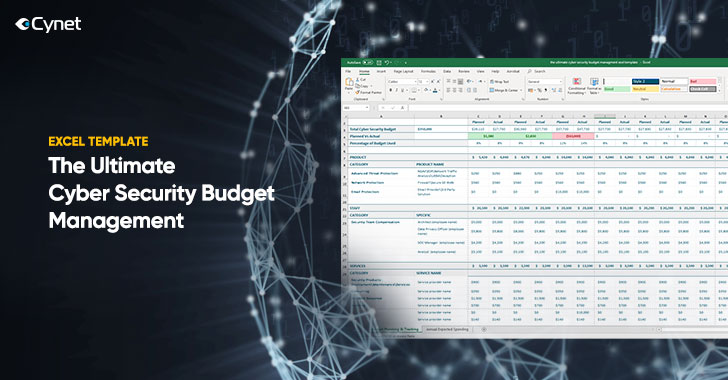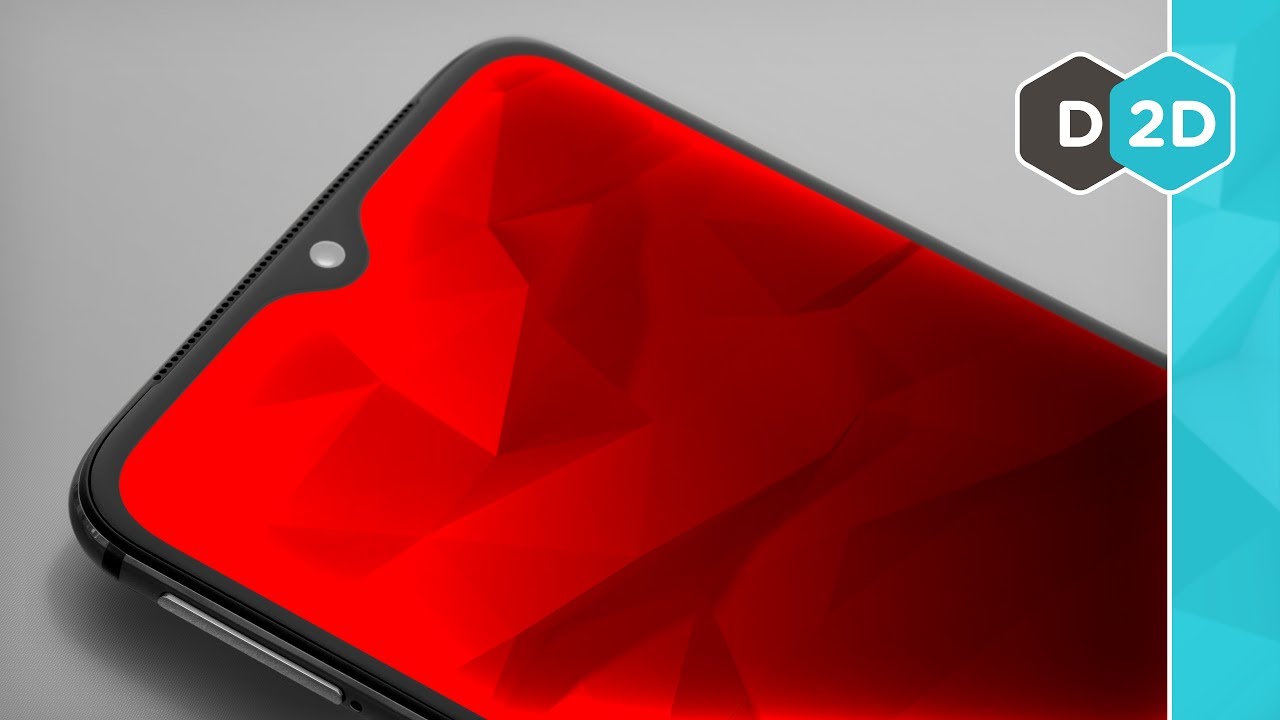
CRM can quickly increase productivity and is a wise investment for any business. On-premise and cloud-based CRM users have their objections about each other’s solutions, but; as the saying goes….the grass is not always greener on the other side.
The first thing to know if you are shopping for a CRM solution for your business is that you will find two kinds of CRM available: on-premise and cloud-based CRM. They each have their own special features which lend themselves to the specific needs of a company.
On-premise CRM software is installed on-site, the licenses are owned, and data is stored on the company server. Cloud-based CRM systems operate remotely, through an internet server, where all data is stored. Licenses are rented each month for a set amount per user.
Typically, the brand of software selected will determine which platform is used for the company’s CRM. For example, GoldMine sales software is an on-premise CRM system, while others, like Salesforce.com are typically available through the cloud.
Learning about the drawbacks of each system can help any company choose the perfect solution for their company’s needs. Here are the most commonly expressed complaints about each of the two types of CRM.
CLOUD-BASED CRM
It’s rented…forever. The nature of cloud-based CRM is a licensed agreement that renews over time. Ownership usually isn’t an option.
Browser only access can be unreliable. The internet itself can be sometimes be slow or unavailable, depending on the type of connection. Therefore, at times, access to data, can be slower and the user browsing experience can be compromised.
Cloud-based CRM can be expensive to customize. Since the cloud works most efficiently by servicing companies en masse, customization is rarely an inexpensive option.
ON-PREMISE CRM
On-Premise CRM requires more money upfront. Since the software is purchased, costs are generally more upfront and there can be additional hardware costs to install and launch the software.
On-Premise Uses in-house Resources for Maintenance. The CRM solution is owned, so the company’s resources are responsible for the system’s day to day operations. An outside IT resource can also be hired.
On-Premise CRM has Annual Maintenance Fees. Even though the software is owned, there is an annual maintenance fee for the updates and maintenance provided to the software throughout the year. Typically maintenance fees are 15-20% of the cost of the software annually, and include updates and technical support directly from the software company.
Remember that obstacles you may need to deal with will be vastly outweighed by the dramatic increase in productivity you will see from a well-designed and implemented CRM program. If your company is clear on what you wish to accomplish and what resources you have to work with, it will be easier to determine which type of CRM solution will be the best choice for your company.
Pamela Pearl














